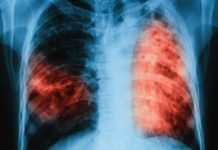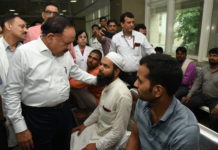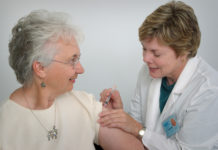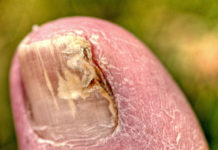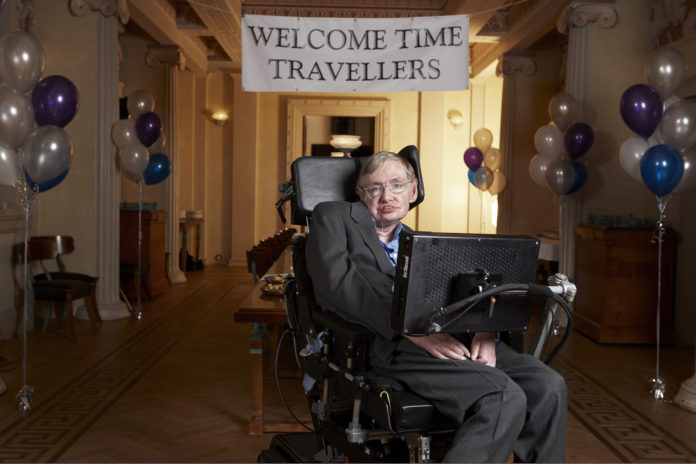
The British physicist lived with the debilitating disease for more than 50 years
Stephen Hawking changed the way we looked at creation. He also showed what it is like to live with a debilitating disease.
Hawking was diagnosed with Amyotrophic Lateral Sclerosis (ALS) when he was 21 years old.
What is ALS?
ALS, also known as Lou Gehrig’s disease (named after the US baseball player who died of the disease at 37) is a neurodegenerative disease which progressively damages the motor neurons in the brain and spinal cord leading to gradual weakness and thinning of muscles of arms, hands, legs, swallowing and ultimately muscles involved in breathing.
ALS, also known as Motor Neuron Disease came to recent prominence in 2014 when many celebrities the world over took the ‘Ice Bucket Challenge’. It was started by Pete Frates, a former baseball player who has been living with the disease since 2012 to increase donations to the ALS Association in fighting the debilitating disease.
According to the Centre for Disease Control (CDC), USA about 20000 to 30000 people have ALS in USA, with around 5000 new cases diagnosed every year. Although Indian data is limited, the prevalence of ALS cases in India is 5 in 100000. Indians, moreover appear to have a younger age of onset.

“You are supposed to be either brilliant without effort, or accept your limitations.”
What causes ALS?
Most cases of ALS (90%) are sporadic and only 10% have a family history. No definitive cause is known but many environmental, dietary and genetic factors have been studied.
Patients usually present with unexplained trippings, difficulty in arising from a chair, inability to button or unbutton clothings, slurring of speech, difficulty in speaking and swallowing leading to occasional coughing at meal times. Patients may also notice progressive thinning of muscles in shoulders, arms, hands or legs, and also cramps and twitching of muscles. The disease progresses rapidly finally affecting muscles of breathing needing ventilatory support for respiration with death occurring in 50% patients by 3-4 years from onset.
Hawking was paralysed and completely dependent on others for all activities of daily living like bathing, clothing, eating and mobility and could only speak a few words with the aid of speech enhancing machines but his condition progressed more slowly than is often seen.
Indian ALS variant
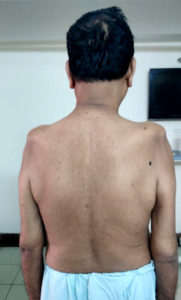
In India, Madras Motor Neuron Disease, a sporadic, early onset (usually seen in second decade of life), slowly progressive, variant of ALS is well known. It characterised by asymmetric weakness and thinning of limbs is accompanied by facial weakness, thinning of tongue leading to difficulty in eating and hearing loss in varying proportions is seen.
Other variants of ALS, like Flail Arm variant, also known as Vulpian Bernhardt variant and Monomelic Amyotrophy (Single limb thinning) where the disease remains limited to both upper limbs or one limb are also known and carries a benign course.
Treatment
Riluzole was the only drug available which was effective in slowing down the disease to some extent when in May 2017, after a gap of almost 20 years FDA approved the new drug Edaravone for this condition giving some hope for the sufferers of this rare disease.
Stephen Hawking will remain a shining star in this Cosmos for thousands of ALS patients as he showed the path to leading a productive and highly purposeful life in spite of all the limitations.
As he wrote in his autobiography, “You are supposed to be either brilliant without effort, or accept your limitations.”


